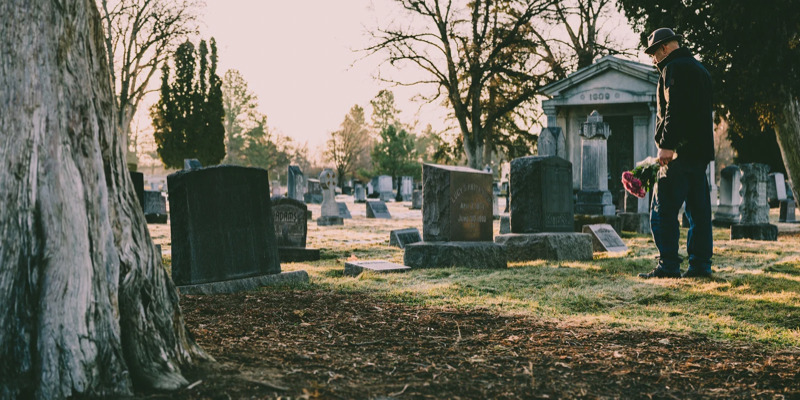Monuments | Garden Rocks | Stone Restoration | Signs
M-F: 9 AM to 5:30 PM | Sat: 9 AM to 1 PM | Sun: Closed
-
708, Home Ave.
Maryville, TN 37801
-
Call Us On
865-724-2644
-
Mail Us @
Blount County Memorial Marker Options

Blount County Memorial Marker Options
After a loved one has died and has been cremated or buried, one of the final tasks a family may need to do is to choose a cemetery marker or memorial stone to mark their grave. Located in Blount County, we have many memorial marker options to aid your needs.
This choice can be simple or surprisingly complex, depending on what type of grave marker is selected. Here is a rundown of everything you need to know about marker stones, headstones, tombstones, cremation memorial stones, and even mausoleums.
Cemetery marker stone basics
Cemetery markers bear the name of the deceased, their date of birth, and date of death. They often include additional personal information like photographs, information about their life, and an epitaph. They can be as simple as a simple flat stone placed on a grave, an engraved cremation stone, or as elaborate as a mausoleum. Actually, for most people, a gravestone is all that is needed. And because many choose cremation as their final disposition, a memorial stone may be the preferred way to mark the location of their ashes.
Types of funeral marker stones and gravestones
Funeral stones come in various styles and shapes and are often stylized to identify a cultural or family plot. Here is a breakdown.
Flat markers or grass markers
These cemetery markers lie flat on the ground at the head of the grave and sit level with the grass.
Bevel marker stones
Bevel markers are stone tablets roughly 8 inches thick. These lie flush on the ground at the head of the grave. Additionally, they stand higher than the grass so that they are easy to find. Bevel markers are angled upward and can vary in length.
Slant markers or pillow stones
Slant markers, or pillow stones, sit about 18 inches tall and lie flush on the ground, and the front of the stone is angled back in a wedge shape and can be accompanied by accents like stone vases for flowers.
Headstone monuments
Monuments — colloquially known as headstones — are the traditional stone tablets standing upright out of the ground with inscriptions on the face of the stone marker.
Ledger stone, box stone, or table stone
Ledgers, usually about 8 inches (20 cm) thick, lie flat on the ground and cover the entire grave. Ledger stones have been used for centuries to mark graves. Often, you’ll see these stones laid into the floor of a cathedral or a church to mark the burial spot of a prominent person. Also, ledgers are used as the headstone and may include a monument.
A box stone or chest marker is a type of memorial shaped like a box that sits on the ground over the grave.
A table stone or pedestal marker is an elevated ledger stone mounted on legs like a table.
Both types have gone out of fashion. However, you will still see these types of memorials marking graves of people who died in the 18th Century or earlier.
Furthermore, cemeteries will sometimes discourage memorial stones or marker stones that are elevated and not flush with the ground because they can complicate lawn care.
Crypts or mausoleums
The most elaborate grave marker or memorial might be a crypt or a private mausoleum. A crypt is a room or vault that is a sealed space in a building for placing a casket or coffin. Public mausoleums are sometimes available. Or, a private mausoleum can be arranged. Some are standalone buildings erected in a cemetery.
